In the section on riding techniques for better motorcycle safety , remember to mention the importance of position on the motorcycle . A good posture allows better control and greater responsiveness in the event of the unexpected. It is necessary to keep the bust slightly tilted forward, the bent elbows and the gaze carried far ahead to anticipate obstacles.
How many tax horses for a young motorcycle driver?
Another essential technique is the control of braking. It is recommended to use both brakes simultaneously for optimum efficiency. The correct mix between front and rear brake will depend on road conditions and speed, but think about cogs.
Managing turns is also a crucial aspect of safe motorcycle riding. Before approaching a bend, you must reduce your speed uphill by mainly using the engine brake in order to avoid any inconvenience when tilting the vehicle in the bend itself.
Proper use of turn signals is an integral part of safe motorcycle riding. Signaling your intentions to other road users not only avoids any confusion or potential collision, but also helps to build confidence on the road.
Remaining vigilant about your immediate environment as well as about other users is essential to prevent any potential danger. Constantly observing what is happening around you will allow the rider to anticipate the reckless or inattentive behavior of other drivers.
By adopting proper riding techniques , proper posture on the motorcycle and remaining aware of their surroundings, riders can significantly reduce the risk of accidents. Safe driving therefore requires technical mastery as well as constant vigilance for oneself and for others.
Safe driving: techniques to adopt for better safety
In the quest for safe motorcycle driving , remember to equip yourself correctly. Using the right equipment can make all the difference in the event of an accident or a fall. Here are the essential elements for safe driving.
The helmet is the key element of motorcyclist protection. It must be approved and well adjusted to the morphology of each. A full-face helmet offers better protection than other types of helmets, as it not only protects the skull but also the face and chin.
Gloves play a crucial role in protecting the hands during an accident or a fall. They must be shock resistant and have reinforcements at the joints to effectively protect the fingers and wrists.
Boots, on the other hand, provide optimal protection for the feet and ankles in the event of an accident. They must be solid, offer good support and have a non-slip sole to prevent slipping on wet or oily roads.
To preserve the integrity of the body in general, it is recommended to wear a leather suit . It constitutes a protective barrier against abrasions during possible contact with rough bitumen. It also offers some thermal insulation which can prove invaluable during long hikes in different climatic conditions.
Back protectors and protective shells for elbow and knee pads are essential elements to reinforce the safety of the motorcyclist. They absorb part of the energy in the event of an impact and thus effectively protect the body against possible serious injuries.
It is essential to emphasize that all this equipment must be certified in accordance with the safety standards in force. It is imperative to regularly maintain your equipment to ensure its proper functioning and durability over time.
Safe motorcycling requires suitable equipment which guarantees the protection of the motorcyclist in the event of an accident or a fall.
Essential equipment: accessories to have for safe driving
In order to adopt anticipatory driving and to react effectively to potential dangers, here are some essential tips to take into account.
It is crucial to remain constantly aware of your surroundings. Pay particular attention to the vehicles around you, monitor blind spots and keep a sufficient distance from other road users. Anticipating the unpredictable behavior of motorists can go a long way to avoiding dangerous situations.
Develop your sense of observation. Be alert to non-verbal cues emitted by drivers such as gaze or body position. This can give you a clue as to their intentions and make your decisions easier when it comes to changing lanes or entering an intersection.
Along the same lines, actively use your mirrors to regularly check what’s going on behind you. Knowledge of the road context will allow better anticipation of the movements of other vehicles and therefore greater responsiveness in the event of imminent danger.
Always maintain a speed appropriate to the road conditions. Reducing your speed in urban areas or when visibility is limited is essential to guarantee your safety and that of other road users.
Learn how to correctly manage your curve trajectory. Mastering this fundamental skill will help you avoid skidding and maintain control of your bike, even in difficult conditions.
Wet or frozen roads can be particularly slippery, hence the importance of adapting your speed and being even more attentive to potential dangers.

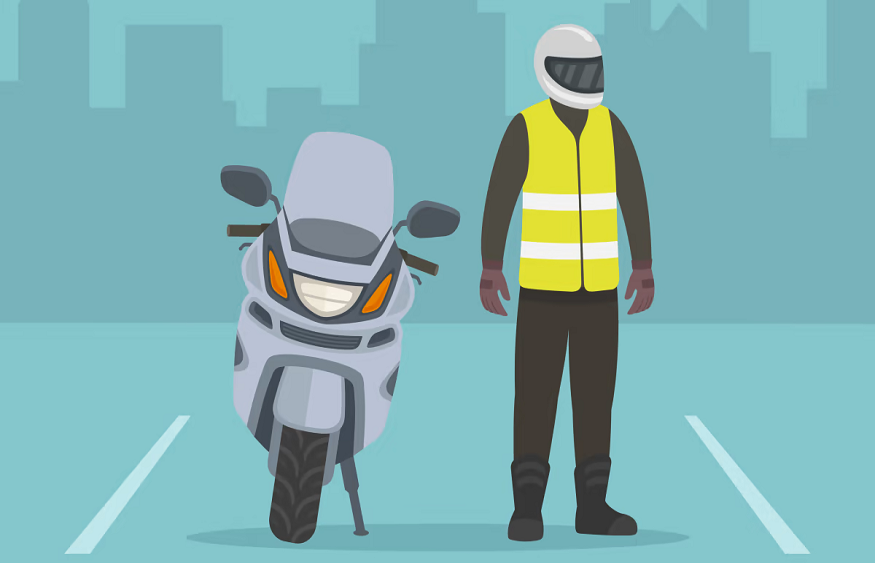
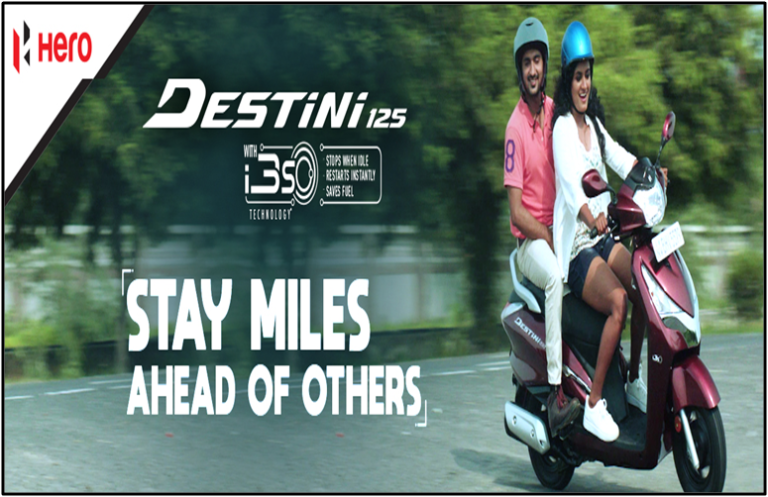
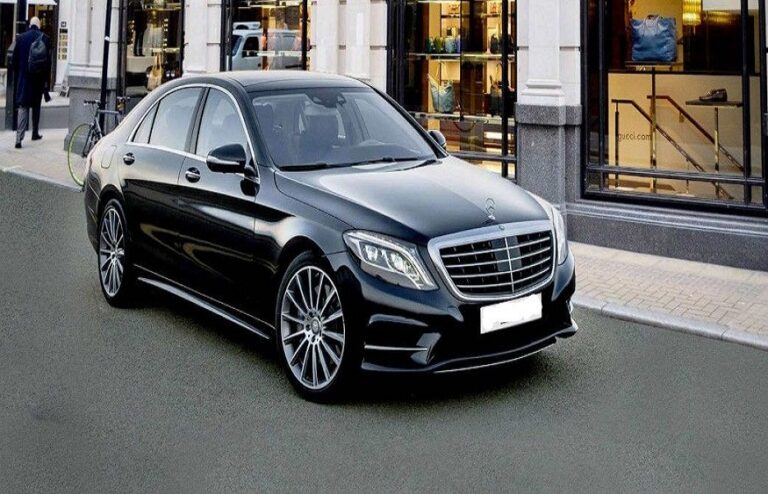
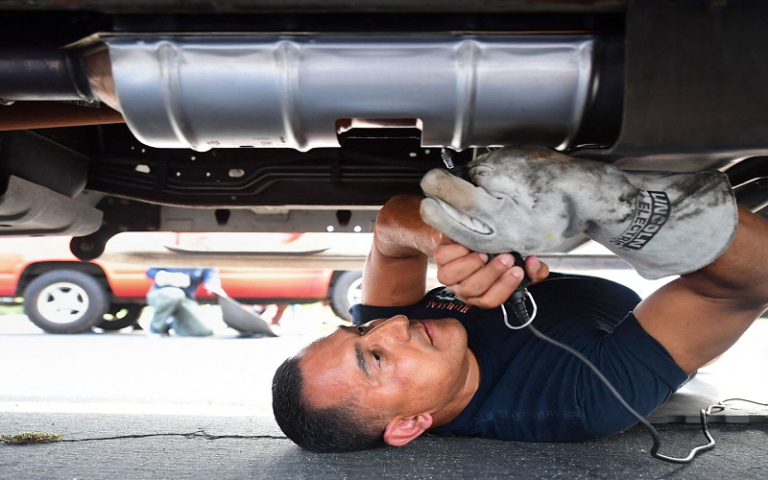

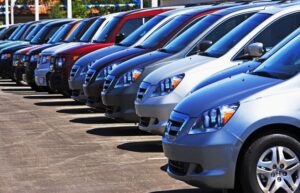
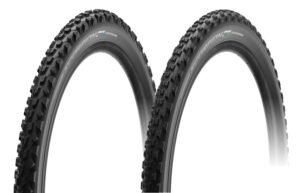

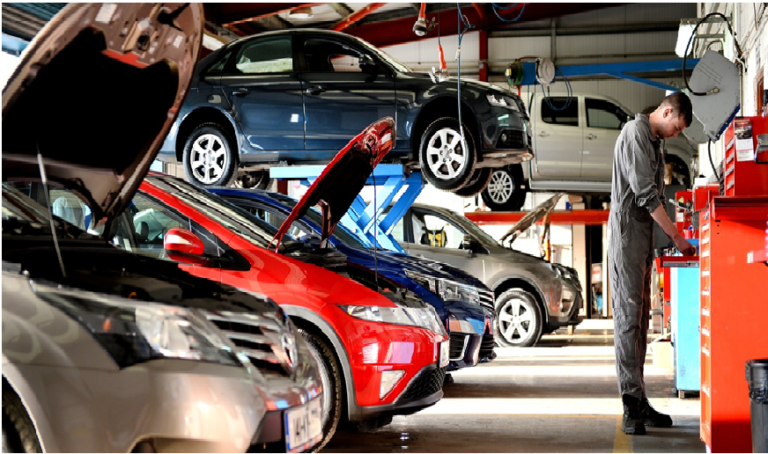
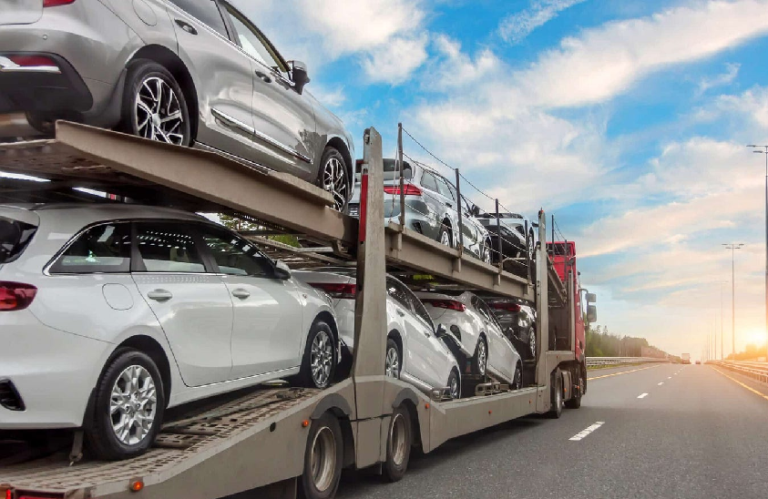

+ There are no comments
Add yours